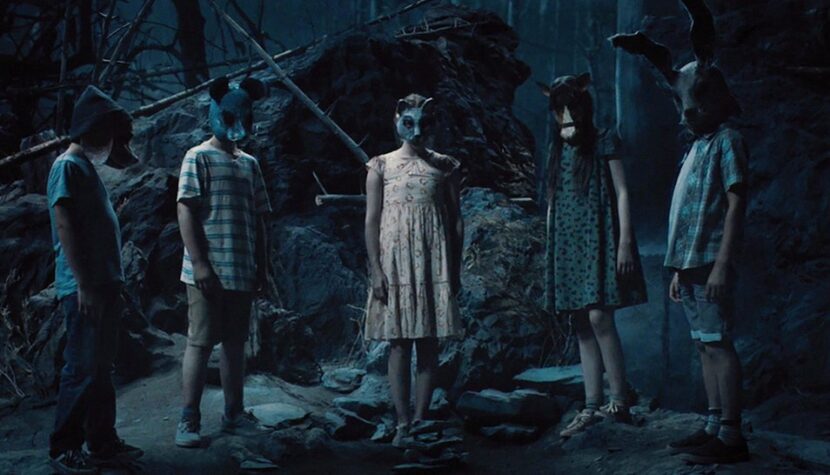PET SEMATARY. Struggles with King Once Again

The second cinematic attempt in, let’s call it the “new Stephen King adaptation era,” is a good time to finally do it right because – to be honest – it’s strange to watch the first version of Pet Sematary after these over thirty years, as if with the awareness that even back then the creators knew they weren’t doing anything special. While it’s quite faithful to the spirit of the book and a product of its time, many adaptations of Stephen King’s works leave the viewer with the feeling that it could have been done better. Is it be the same this time? It depends on the viewer. For the one writing these words, the scariest part of the press screening was… the intrusion of a frightened dog belonging to one of the journalists into the room, and unfortunately, the movie itself, in my opinion, is only partially scary.
The story is the same as before – Dr. Louis Creed moves with his wife and two children from Boston to Maine, partly for professional reasons and partly to be closer to family. In their new house, located near a cemetery where the local residents bury their pets, not everyone feels comfortable, especially the partner of the protagonist, Rachel. Undoubtedly, there is something sinister in the woods and on the nearby hill, which was once an Indian burial ground. It turns out that everything that was dead but buried there comes back to life, and in a very eerie way. The Creed’s run-over cat is the first one to return from the dead. Temptations, especially in the face of family tragedies, are great. Not without reason, one of the characters says, “sometimes death is the better option,” because what is not alive should remain dead, and disrupted nature likes to seek bloody revenge.

The concept itself is concrete and solid, but that’s because King’s novel has served as the basis for many similar productions – this year’s Impostor is a good example. Rehabilitating Stephen King’s most famous works in Hollywood, which are being adapted for the camera once again, is a challenging task – subsequent attempts should bring something fresh, just like It, which works just as well as a coming-of-age story as it does as a horror. This time, however, we get the same product in a better-stylized, less “television” version. Standard audio-visual “scares” here are accompanied by some great shots, and Jason Clarke’s restrained performance elevates the acting in this new Pet Sematary to at least a class higher than its predecessor. One twist on a familiar motif from the original doesn’t fulfill its function because it was already announced in the trailer, so if you know this story, you can buy it again only for those minor changes and elements that make it a good film even apart from the novel. There is little room in Kevin Kölsch and Dennis Widmyer’s film for experimentation, delving into unknown layers of the novel, or reinterpretation of what is known to fans of the genre. If bringing Pet Sematary into the 21st century makes sense, it’s only for those who have the pleasure of embarking on this dark journey into the unknown. Fans of the novel and those who have already returned from this cemetery may feel a bit unsatisfied because this is a nice, solid, and firmly grounded film that doesn’t even come close to the best horror films of that year. The question is whether it ever had a chance to.

The supporting cast also performs surprisingly well – John Lithgow as the kind (and superstitious) neighbor Jud is a more interesting version than his predecessor in that role, and Rachel’s subplot has been expanded for the purpose of psychological depth. Jeté Laurence plays the daughter of the main couple and is a more important character in this adaptation than the two-year-old Gage. Did this change contribute to anything? Probably only for those who specialize in working with children on set. It’s much easier to work with a smart ten-year-old than with a barely walking actor who is unlikely to scare anyone.
Somewhere in all of this, the metaphor of a man who has been looking at the mystery for too long still exists, as well as a brilliant reflection on human mortality and, consequently, the grief of losing someone close. The blindfold over the eyes, which hinders the main characters’ sober judgment, as well as reflections on the way to say goodbye to loved ones, is one hundred percent “King-esque” and, perhaps in this case, will always play better in letters than on the screen. Nevertheless, it’s worth checking where the stairs inside the dark forest lead.

